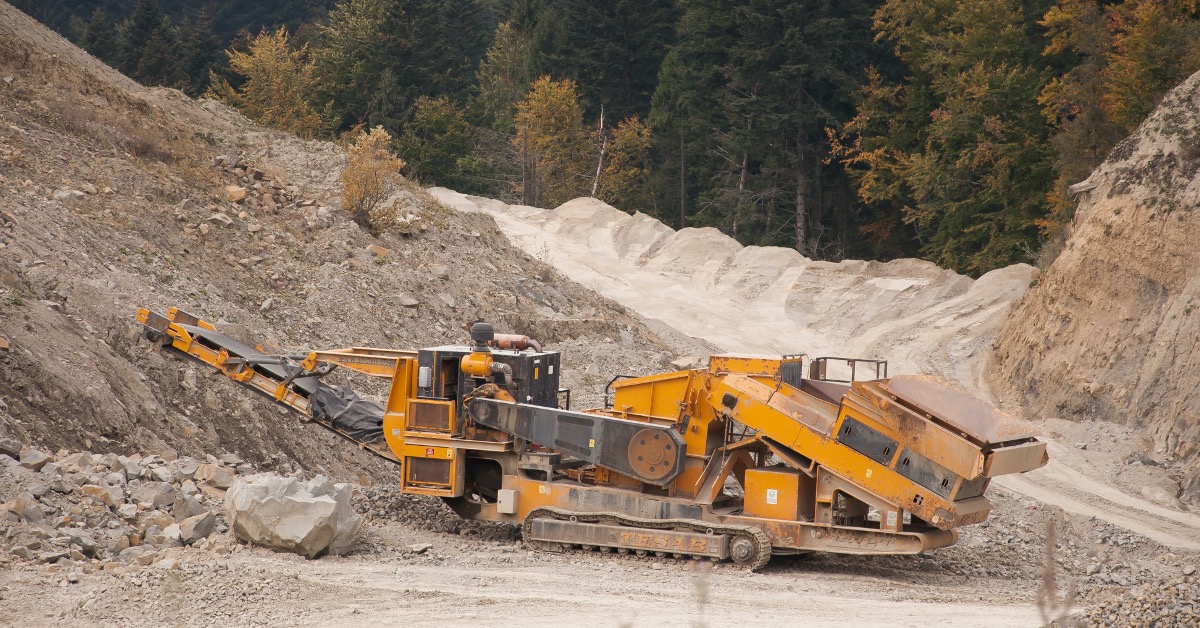- I recommend the Pixel 9 to most people looking to upgrade - especially while it's $250 off
- Google's viral research assistant just got its own app - here's how it can help you
- Sony will give you a free 55-inch 4K TV right now - but this is the last day to qualify
- I've used virtually every Linux distro, but this one has a fresh perspective
- The 7 gadgets I never travel without (and why they make such a big difference)
New Technology for an Old Industry – Coffee and Conversations podcast

A few weeks ago our mining experts sat down with Danny Vicente from Cisco’s Coffee and Conversations to discuss what is taking place in the mining industry. In this episode Roland Plett and Bruce Frederick talk about how mining has evolved from the soot faced man in a hard hat holding a canary in a cage in one hand and a pick axe in the other to driverless trucks and tele-remote workers running the equipment from gaming chairs well above the earth’s surface.
Mining has grown dramatically in the last 10 years due to the necessity of minerals and mining to support green initiatives and sustainability. The improvements that this increased demand has necessitated include environmental, worker safety and security and business. Below are just a few of the examples of the efficiency that technology has brought to the mining industry.
Environmental improvements
Mining companies are increasingly investing in reestablishing natural environments impacted by their operations. Key initiatives include:
- Water Source Protection: Rigorous measures are in place to safeguard water sources, ensuring responsible water management.
- Land Stewardship: Mining companies prioritize responsible land stewardship, with reclamation projects aimed at restoring the land post-mining activities.
- Electrification of Operations: The shift towards electric trucks, replacing traditional diesel vehicles, contributes to reducing the industry’s carbon footprint.
- GPS Technology: Innovations like GPS-equipped dozer blades enable automatic grade adjustments for optimal water flow, facilitating efficient land reclamation.
Safety Improvements for Workers
Ensuring the safety of miners remains a top priority, and technological advancements are playing a pivotal role:
- Tele-Remote Dozing: Human operators can now control bulldozers remotely from a safer location, eliminating the need to expose workers to hazardous underground environments.
- Stress Monitoring Systems: Cutting-edge technologies monitor driver stress levels, providing alerts to dispatch if fatigue is detected, enhancing overall safety.
- Slope Monitoring: Various sensors, including strain gauges, radar systems, and heat sensors, are utilized to monitor slopes, providing real-time data on potential instabilities.
- Digital Twins for Environmental Modeling: Utilizing 3D modeling originally designed for video games, mining companies can create digital twins to assess the impact of their operations on the environment.
Financial Improvements
Every minute that operations stop can cost mining companies millions of dollars, so they are leveraging technology to optimize financial performance and operational efficiency:
- Predictive Maintenance: Sensors provide imminent failure information, enabling proactive maintenance to prevent costly equipment breakdowns.
- Ore Grade Monitoring: Tools like X-ray sensors on shovels assist in monitoring ore quality, optimizing production efficiency.
- Data-driven Explosive Decisions: Fragmentation measurement tools aid in determining rock hardness, optimizing the use of explosives during mining.
- Tele remote work: Not paying workers to commute from housing to the mine and then down to the equipment underground allowing them to not just work safer but smarter since one operator in a gaming chair can control multiple pieces of equipment.
These advancements represent a shift in the mining industry, showcasing a commitment to environmental responsibility, enhanced safety measures and improved financial performance. As technology continues to evolve, Cisco is providing the communication, connectivity, and automation technologies that play a crucial role in enhancing operational efficiency, safety, and overall productivity.
Together the mining sector is poised for further transformative changes, ensuring a more sustainable and responsible future.
Watch or take a listen to the episode to find out more!
Share:

